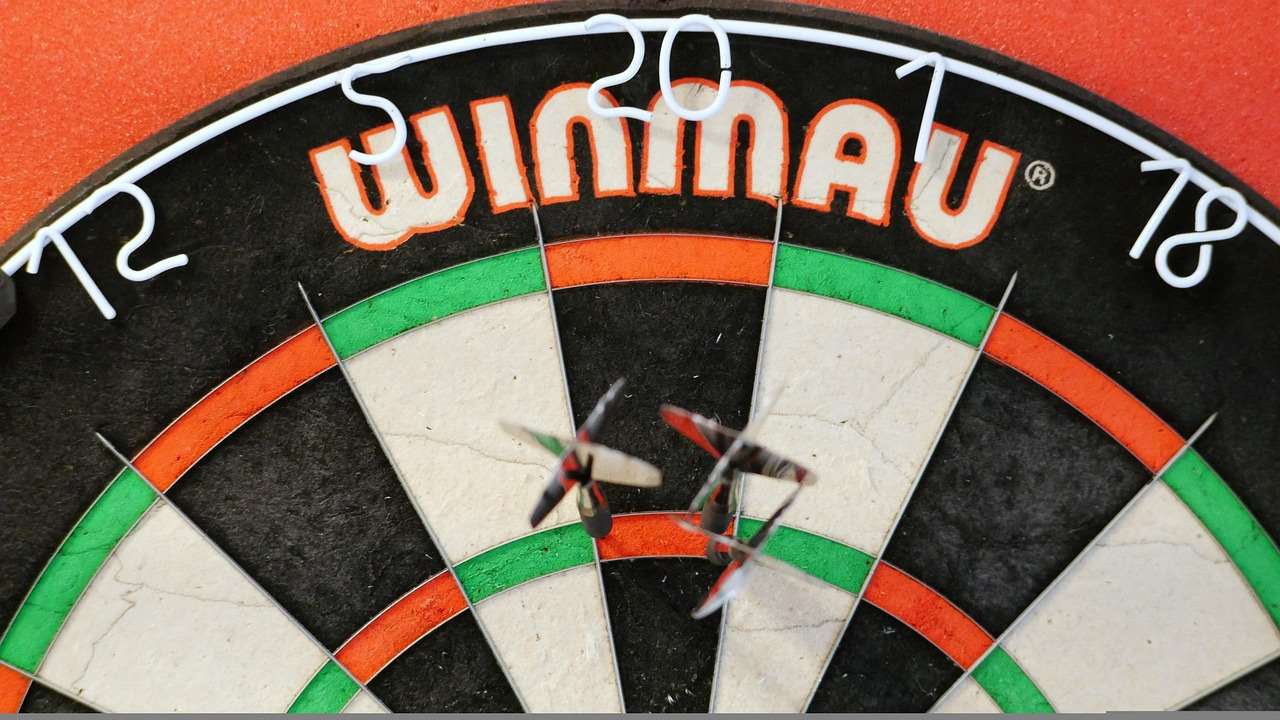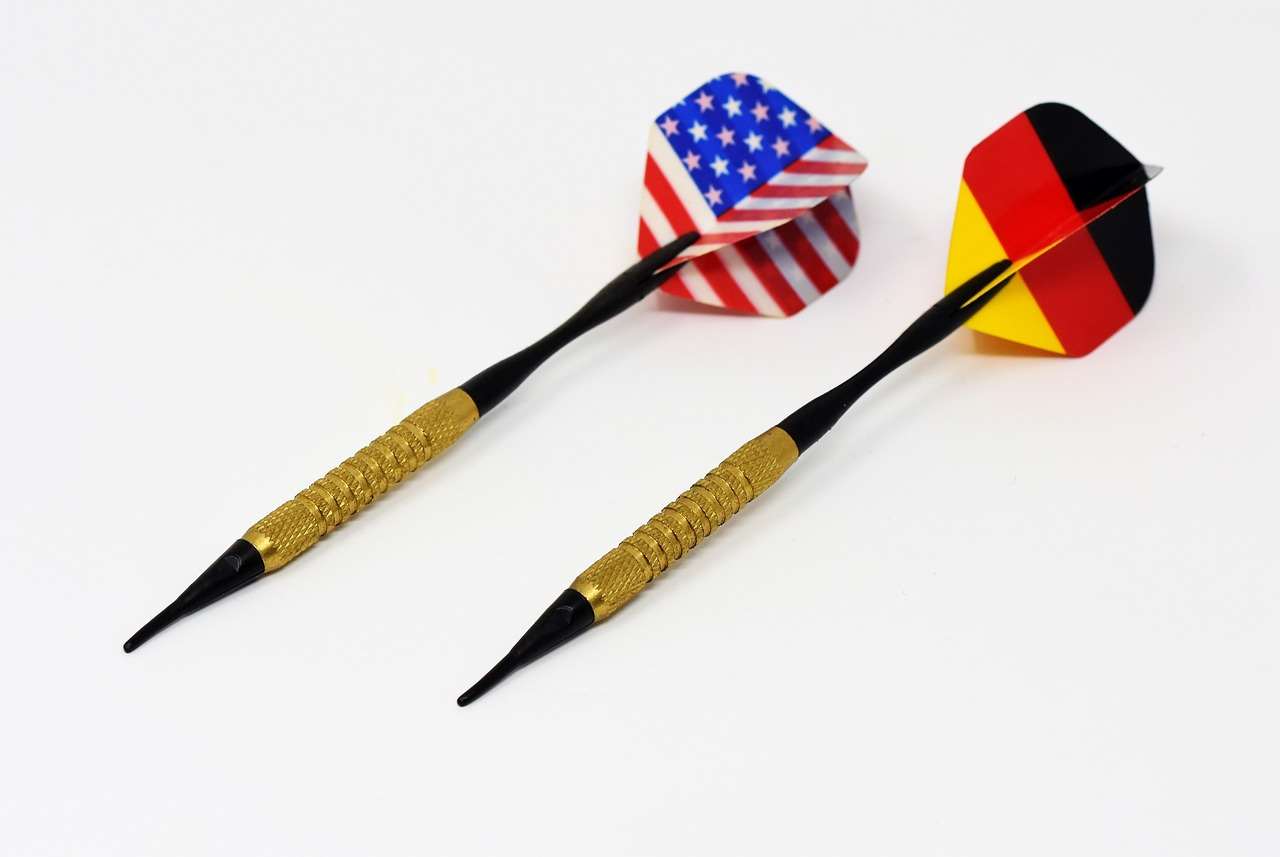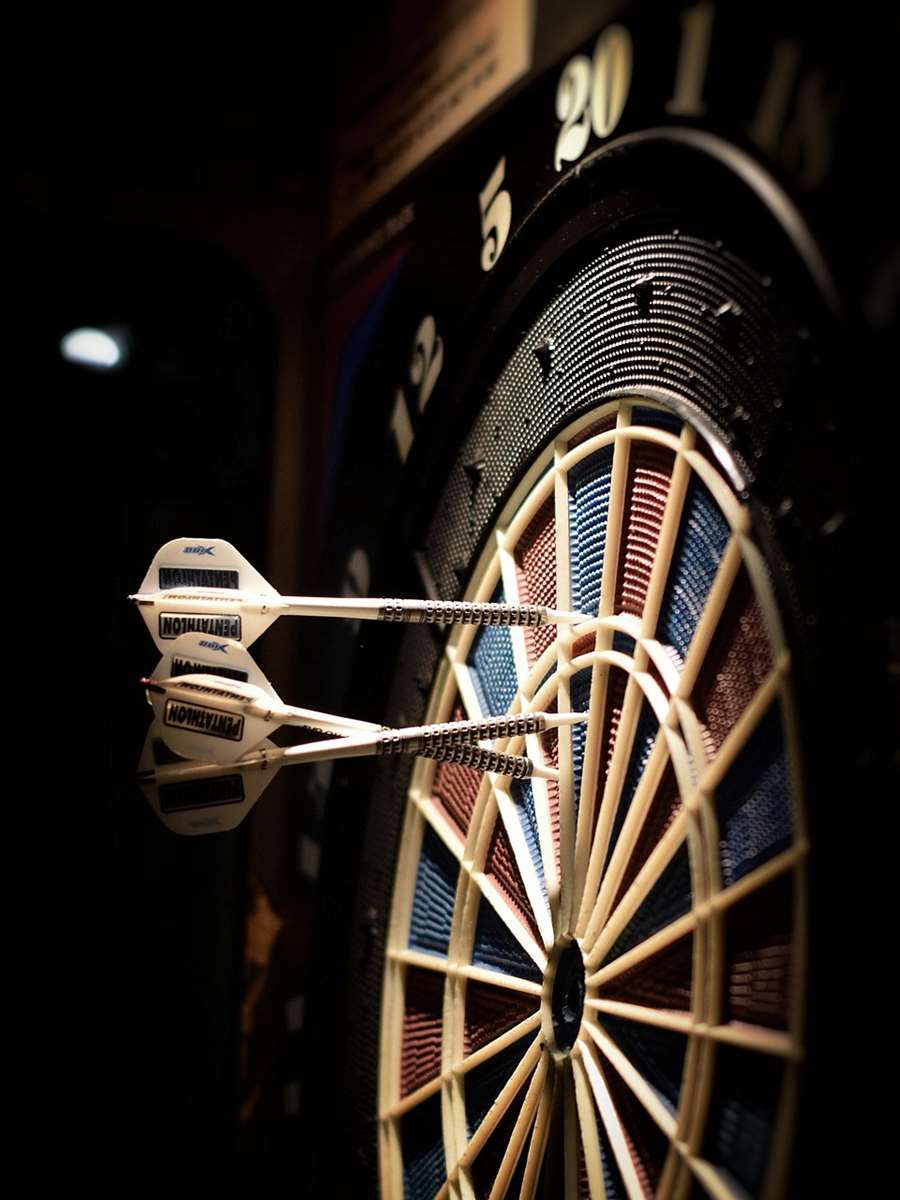Choosing the right beginner dart barrel materials is crucial for developing a consistent throwing style and enjoying the game. This guide will explore the most common materials used for dart barrels, outlining their pros, cons, and suitability for beginners. We’ll also delve into factors influencing your choice and offer advice for finding the perfect fit.
⚠️ Still Using Pen & Paper (or a Chalkboard)?! ⚠️
Step into the future! The Dart Counter App handles all the scoring, suggests checkouts, and tracks your stats automatically. It's easier than you think!
Try the Smart Dart Counter App FREE!Ready for an upgrade? Click above!
Understanding Beginner Dart Barrel Materials
When starting out in darts, the sheer variety of options can be overwhelming. One of the most important decisions is the material of the dart barrel. This significantly impacts the dart’s weight, grip, balance, and overall feel. Let’s break down the common contenders, enabling you to Choose Best Dart Equipment.

Brass Dart Barrels: An Affordable Start
Brass is often the first material beginners encounter. Its primary advantage is its affordability. Brass darts are typically the least expensive option on the market, making them a great entry point for casual players or those unsure about their long-term commitment to the sport.
- Pros:
- Low cost
- Readily available
- Durable enough for recreational use
- Cons:
- Bulky for their weight
- Offer less grip due to the smooth surface
- Tend to wear down faster than other materials
The bulkiness of brass means that the barrels need to be wider to achieve a specific weight. This can lead to grouping issues on the dartboard, as the darts may collide more frequently. While affordable, they may not be the best long-term solution if you become serious about improving your game. It’s worth considering a dart barrel material comparison before deciding.
Nickel Silver Dart Barrels: A Step Up from Brass
Nickel silver is another alloy often found in beginner-friendly dart sets. It offers a slight improvement over brass in terms of density and grip.
- Pros:
- More durable than brass
- Slightly better grip characteristics
- Aesthetically pleasing silver appearance
- Cons:
- Still relatively bulky compared to tungsten
- Can be more expensive than brass
While nickel silver provides a marginal upgrade, it still doesn’t offer the slim profile and optimal weight distribution of tungsten. If you’re looking for enhanced performance without a significant price jump, it might be worth exploring higher-end materials. For more information, research nickel silver darts info.

Tungsten Dart Barrels: The Professional’s Choice (Accessible to Beginners)
Tungsten is the gold standard in the dart world. Its high density allows for slimmer barrels that pack the same weight as brass or nickel silver. This results in tighter groupings and more consistent throws.
- Pros:
- Slim profile for tighter groupings
- Excellent grip options due to finer machining
- Highly durable
- Superior weight distribution
- Cons:
- More expensive than brass or nickel silver
- Can be too grippy for some beginners
Don’t let the price tag scare you off! While pure tungsten darts are pricey, many sets use a tungsten alloy (e.g., 80% or 90% tungsten) combined with nickel. These offer a good balance of performance and affordability, making them suitable for serious beginners. Understand the tungsten percentage explained to make an informed purchase. The option to Why Choose Tungsten Darts is frequently appealing to improve dart performance.
Factors Influencing Your Choice of Beginner Dart Barrel Materials
Beyond the material itself, several factors influence the best choice for you. Here are some key considerations:
Grip Style and Preference
The type of grip you prefer will heavily influence the ideal material and barrel design. If you prefer a very tactile grip, look for barrels with aggressive knurling or other textured surfaces. Tungsten barrels often offer a wider range of grip options compared to brass or nickel silver. Experiment with different grip styles to determine what feels most comfortable and secure in your hand.

Dart Weight
Dart weight is a personal preference, but it’s important to choose a weight that allows for a smooth and controlled throwing motion. Beginner dart barrel materials often come in a standard weight range, but tungsten’s density offers more flexibility. Heavier darts tend to be more stable in the air, while lighter darts require more precise technique. Most beginners start with darts between 22 and 24 grams.
Budget Considerations
Let’s face it, budget is a major factor for most beginners. Brass darts are the most budget-friendly option, but investing in a set of tungsten alloy darts can be a worthwhile upgrade if you’re serious about improving your game. Consider it an investment in your enjoyment and skill development. Don’t fall for the myth of cheap dart materials guide always being the right choice.

Balance and Weight Distribution
The balance point of the dart can also affect your throwing style. Front-weighted darts tend to fly straighter, while center-weighted darts offer more control. Tungsten darts allow for more precise weight distribution due to their density. Experiment with different barrel shapes and weight distributions to find what feels most natural and consistent for you. For some, the question of Brass vs Tungsten Darts is a deciding factor.
Tips for Choosing Your First Dart Set
Choosing your first dart set can seem daunting, but here are some tips to guide you:
- Start with a Mid-Range Weight: Opt for darts in the 22-24 gram range as a starting point.
- Consider a Tungsten Alloy: If your budget allows, choose a set with at least 80% tungsten.
- Experiment with Grip: Try different grip styles to find what feels most comfortable and secure.
- Read Reviews: See what other beginners have to say about different dart sets.
- Don’t Be Afraid to Upgrade: As your skill improves, consider upgrading to a higher-quality set.
Remember, finding the perfect dart is a personal journey. What works for one player may not work for another. The key is to experiment, practice, and have fun!

Maintaining Your Dart Barrels
Regardless of the material, proper maintenance will extend the life of your dart barrels. Here are some tips:
- Clean Regularly: Wipe down your barrels with a soft cloth to remove dirt and oils.
- Use a Dart Tool: A dart tool can help tighten loose points and shafts.
- Store Properly: Store your darts in a case or holder to protect them from damage.
Taking care of your darts will ensure they perform optimally for years to come. If you focus on the Choose Right Dart Material and care for them, you will greatly improve your game.
Conclusion
Selecting the right beginner dart barrel materials is a key step in your darting journey. While brass offers an affordable entry point, tungsten alloy barrels provide superior performance and durability. Consider your grip style, preferred weight, and budget when making your decision. Experiment with different options and don’t be afraid to upgrade as your skills improve. Remember, the best dart is the one that feels most comfortable and consistent in your hand. Now that you understand the basics, go out there, practice, and have fun! Ready to elevate your game? Explore our selection of beginner-friendly dart sets today!
Hi, I’m Dieter, and I created Dartcounter (Dartcounterapp.com). My motivation wasn’t being a darts expert – quite the opposite! When I first started playing, I loved the game but found keeping accurate scores and tracking stats difficult and distracting.
I figured I couldn’t be the only one struggling with this. So, I decided to build a solution: an easy-to-use application that everyone, no matter their experience level, could use to manage scoring effortlessly.
My goal for Dartcounter was simple: let the app handle the numbers – the scoring, the averages, the stats, even checkout suggestions – so players could focus purely on their throw and enjoying the game. It began as a way to solve my own beginner’s problem, and I’m thrilled it has grown into a helpful tool for the wider darts community.